50 Famous Dances Worldwide: A Celebration of Culture and Rhythm
Join me on a global journey of rhythm and culture as we celebrate the rich tapestry of human expression through dance. From the passionate beats of Cuban Salsa to the rhythmic footwork of Irish Step Dance, each movement tells a story that combines history, tradition, and the essence of a people.
Join me for the elegance of a Viennese Waltz, the fiery steps of Flamenco in Spain, and the captivating spins of the Korean Fan Dance. This collection of 50 famous dances spans continents, capturing the diversity and beauty of our shared human experience. Let us travel the world’s stages, where every twirl, dip, and shuffle demonstrates the rich cultural heritage that unites us all.
1. Salsa (Cuba)
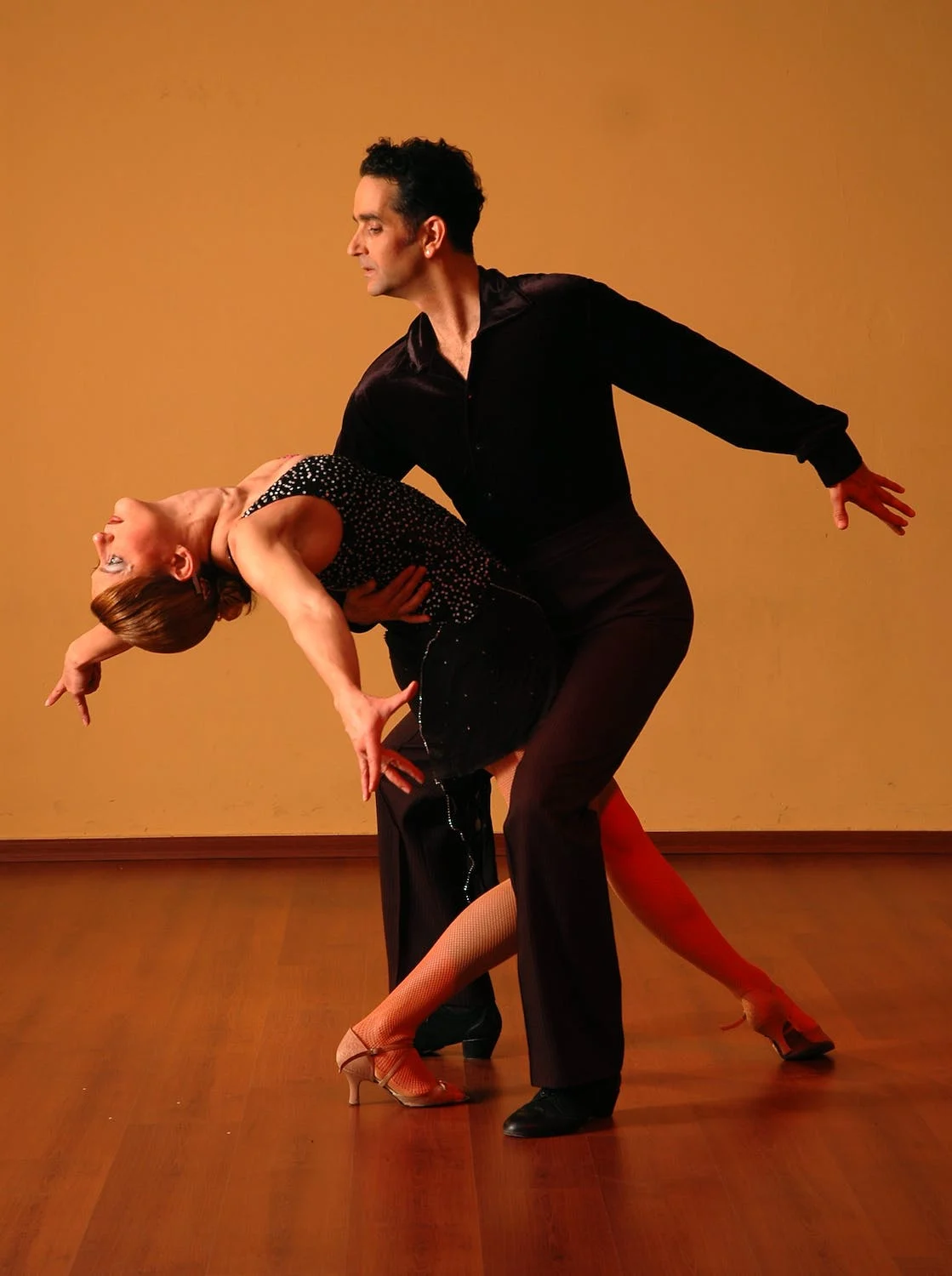
Photo by Pixabay from Pexels
Salsa is a lively, rhythmic Latin dance based on Cuban son and Afro-Cuban dance. It is danced to salsa music, which has a 4-beat measure focusing on the downbeat. Salsa incorporates elements from Cuban dances such as Mambo, Cha Cha Cha, Rumba, and Afro-Cuban dance. It includes intricate, fast footwork and synchronized full-body movements such as shimmies, kicks, and spins.
Partners collaborate in close embrace, responding and synchronizing to the beats. Salsa comes in various styles, including Cuban, Los Angeles-style, New York-style, and Colombian. Its dancing is upbeat, flirtatious, and entertaining. It is now widely popular in Latin dance clubs around the world, with major salsa dance festivals held on an annual basis. Salsa promotes Cuban culture while also providing exercise and social connections
2. Flamenco (Spain)
This Spain’s soul-stirring art form is a passionate combination of music, dance, and song. Flamenco originated in Andalusia and embodies its people’s deep emotions, expressing joy, sorrow, and love through intricate movements and haunting melodies. This centuries-old tradition combines elements of Gypsy, Moorish, and indigenous cultures, resulting in a unique form of self-expression.
Flamenco dancers, dressed in vibrant dresses, captivate audiences with intricate footwork, handclaps, and dramatic poses. The accompanying guitar strums and soulful vocals add depth to the evocative story. Flamenco is more than just a dance; it embodies Spain’s rich cultural tapestry and profound emotional landscape.
3. Ballet (France/Russia

Photo by Pixabay from Pexels
Ballet is a formalized form of dance that originated in the Italian Renaissance courts of the 15th and 16th centuries. It eventually evolved into a concert dance form in France and Russia. It is renowned for its ethereal quality, lightness, and precision of movement. Ballet emphasizes verticality in posture, lightness that appears to defy gravity, and fluidity in movement.
The arabesque, pirouette, and grand jeté are three important ballet steps. Choreography is usually set to classical music. Famous ballets include Swan Lake, The Nutcracker, and Giselle. The dancers, dressed in tutus, tights, and ballet slippers, use their graceful, flowing movements to tell a story or convey an idea. Ballet necessitates exceptional skill, years of practice, strength, and artistry.
4. Tango (Argentina)
Tango, Argentina’s iconic dance, unfolds as a passionate conversation between two souls, expressing love, desire, and melancholy. Tango originated in Buenos Aires in the late nineteenth century as a fusion of African, European, and indigenous influences. The sultry embrace, intricate footwork, and dramatic pauses foster an intimate connection between partners.
Tango’s humble beginnings in working-class neighborhoods gave way to a global fascination with its sensuality and flair. This dance form, which evolved through various styles ranging from traditional to Nuevo Tango, represents Argentina’s cultural richness and has become a global phenomenon, enchanting audiences with the captivating allure of the dance of passion.
5. Hula (Hawaii, USA)

Photo by Pavel Danilyuk from Pexels
Hula is Hawaii’s traditional dance and an important part of Polynesian culture. It began among the native Hawaiians as a form of storytelling and dance, accompanied by chanting and traditional instruments such as drums and rattles. Hula uses fluid hip movements and graceful hand gestures to convey the meaning and emotion of each song or chant.
It was traditionally performed while sitting, but it has since evolved into a standing hula. Female dancers frequently wear grass skirts and leis while dancing. Hula is still an important part of Hawaiian culture with performances at festivals and sacred ceremonies. It uses interpretive dance to convey Hawaiian history, legends, lore, and identity. Hula also allows Hawaiians to exercise and connect with their community while also honoring their heritage.
6. Capoeira (Brazil)
Capoeira is a Brazilian martial art disguised as a dance and an enthralling combination of acrobatics, music, and ritualized combat. Capoeira, which originated among African slaves in Brazil evolved as a form of self-defense disguised as a dance to avoid detection by colonial authorities.
Practitioners perform a fluid exchange of kicks, sweeps, and flips within a roda (circle), accompanied by rhythmic beats from the berimbau, tambourine, and singing. Beyond physical prowess, the dance represents a philosophy of community, respect, and freedom. Today, it represents Brazilian resilience and cultural pride, enthralling audiences with its dynamic and expressive movements.
7. Irish Step Dance (Ireland)
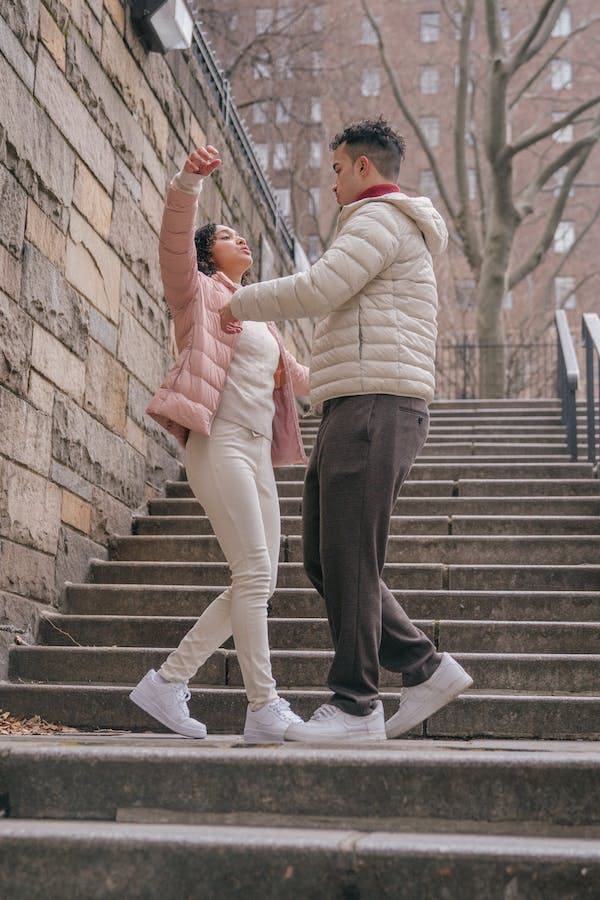
Photo by Budgeron Bach from Pexels
Irish stepdance is a traditional dance style that originated in Ireland. Dancers wear hard shoes and perform on their toes and balls of the feet. The dance style is distinguished by an upright upper body and fast, intricate footwork. Steps include hopping, leaping, kicking, and skipping. Dances are performed individually or in groups. Irish step dancers hold their arms rigidly at their sides.
The hard shoes produce a percussive sound when the dancer strikes the floor. Competitive Irish dancing involves fast legwork performed on a platform stage. Reels, jigs, and hornpipes set to Irish folk music are among the most popular Irish step dances. Feis competitions and the Riverdance spectacle are popular competitive stepdance events. This dance is an energetic, rhythmic dance that celebrates Irish culture and heritage.
8. Samba (Brazil)
Samba, the pulse of the Brazilian carnival is a rhythmic explosion of joy and energy. It grew out of Afro-Brazilian traditions in Rio de Janeiro’s vibrant neighborhoods, combining African beats with European influences. This dance embodies the exuberance of Brazilian culture, with lively footwork, hip sways, and expressive gestures.
The dance, with its infectious percussion, brass instruments, and vibrant costumes, reflects the nation’s diverse heritage and celebrates the vitality of life. With its roots in marginalized communities, Samba has evolved into a symbol of unity, pride, and national identity, captivating audiences around the world with its dynamic and contagious spirit.
9. Kathak (India)

Photo by Adhwaith Chandran from Pexels
Kathak is one of eight major styles of Indian classical dance. It originated in northern India and combines dance and storytelling to convey ancient myths and spiritual themes. Dancers wear bells around their ankles and specialize in quick, intricate footwork and pirouettes. The dance movements incorporate expressions and hand gestures from the Natya Shastra, an Indian classical dance textbook.
Kathak choreography typically includes rhythmic sections known as tatkar, which involve foot stomping and spinning. Other signature moves include chakkarvarnas (pirouettes) and natwari nail gat (sitting position). Kathak, which was traditionally performed by traveling bards has evolved into a sophisticated court dance. Its dancers must undergo extensive training to master the intricate footwork, speed, and precision of this spiritual dance form.
10. Waltz (Austria/Germany)
This ballroom dance which originated in Austria and Germany in the eighteenth century represents grace and elegance. The dance, which has a smooth, rotating movement and a distinct 3/4 time signature, gained popularity in Viennese courts before becoming a social phenomenon.
Couples glide across the dance floor in perfect harmony, performing sweeping turns and graceful twirls. The Waltz’s transformation from a scandalous dance to a staple of formal events reflects societal changes. Beyond its structural beauty, the Waltz is a timeless expression of romance that encapsulates the enchanting spirit of European ballroom culture.
11. Belly Dance (Middle East)

Photo by Vidal Balielo Jr. from Pexels
Belly dance began in the Middle East as a celebratory folk dance. It is focused on isolating and undulating the torso, shoulders, and hips. Dancers cover their bedlah costumes with hip scarves and, on occasion, veils. Belly dancing consists of circular hip motions, shimmies, rolls, and vibrations. Arm and hand movements such as snakes, waves, and body framing supplement the core isolations.
Belly dancing can be both improvised and choreographed. Many different belly dance styles exist, including Egyptian, Turkish, and tribal styles. Historically, it was performed at celebrations, frequently by and for women. Today, belly dance is practiced all over the world as a form of exercise and artistic expression. It promotes core strength and body confidence. Belly dance’s fluid, graceful movements combine athleticism and elegance.
12. Hip-Hop (United States)
Hip-hop is a revolutionary cultural movement that combines music, dance, art, and expression. It originated in the late twentieth-century urban landscapes of the United States. It grew into a powerful voice against social injustice, with roots in African-American and Latinx communities.
Hip-hop dance, known for its dynamic moves, isolations, and improvisation, became a global phenomenon thanks to breaking, locking, popping, and other techniques. Beyond its energetic choreography, Hip-Hop lyrics tell stories about resilience, identity, and urban life. This transformative art form not only redefined music and dance, but also served as a powerful platform for social commentary, youth empowerment, and cultural exchange.
13. Bhangra (India)
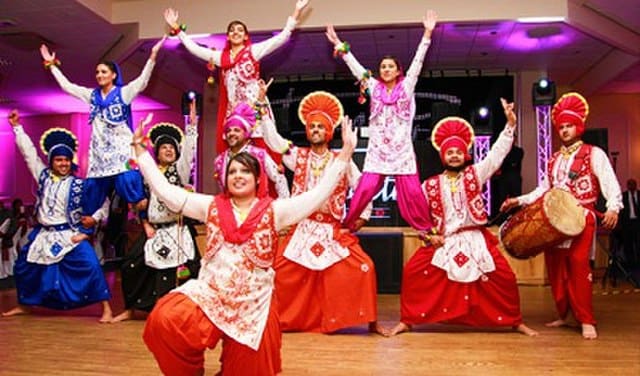
Jaipuneetsingh, CC BY-SA 4.0, via Wikimedia Commons
Bhangra is a lively dance and music style that originated in Punjab, India. The traditional dance was performed during the Vaisakhi harvest festival, but it has now become part of popular culture. Bhangra is danced to lively folk music played on the dhol drum. The dance moves consist of energetic stomping, twirling, jumping, and arm motions.
Dancers wear vibrant Punjabi outfits and turbans. Bhangra often includes improvised expressions, so no two performances are alike. In addition to traditional bhangra, there are modern hip-hop-influenced styles. Bhangra is widely used at South Asian events, competitions, and festivals. Performing bhangra together fosters a strong sense of Punjabi identity and community. The high-energy dance encourages fitness while honoring tradition.
14. Cha-Cha (Cuba)
This lively ballroom dance originated in Cuba in the 1950s and quickly became a worldwide phenomenon. The Cha-Cha, which evolved from the Mambo and Rumba, is known for its syncopated steps, hip movements, and playful interactions between partners. Dancers perform a dynamic exchange of quick footwork and flirtatious movements, often to energetic music with a distinct syncopated rhythm.
The dance’s name comes from the shuffling sound of dancers’ feet on the floor. With its infectious energy and festive spirit, the Cha-Cha has become a popular dance in Latin American and international ballrooms, captivating audiences with its vibrant and rhythmic allure.
15. Kizomba (Angola)
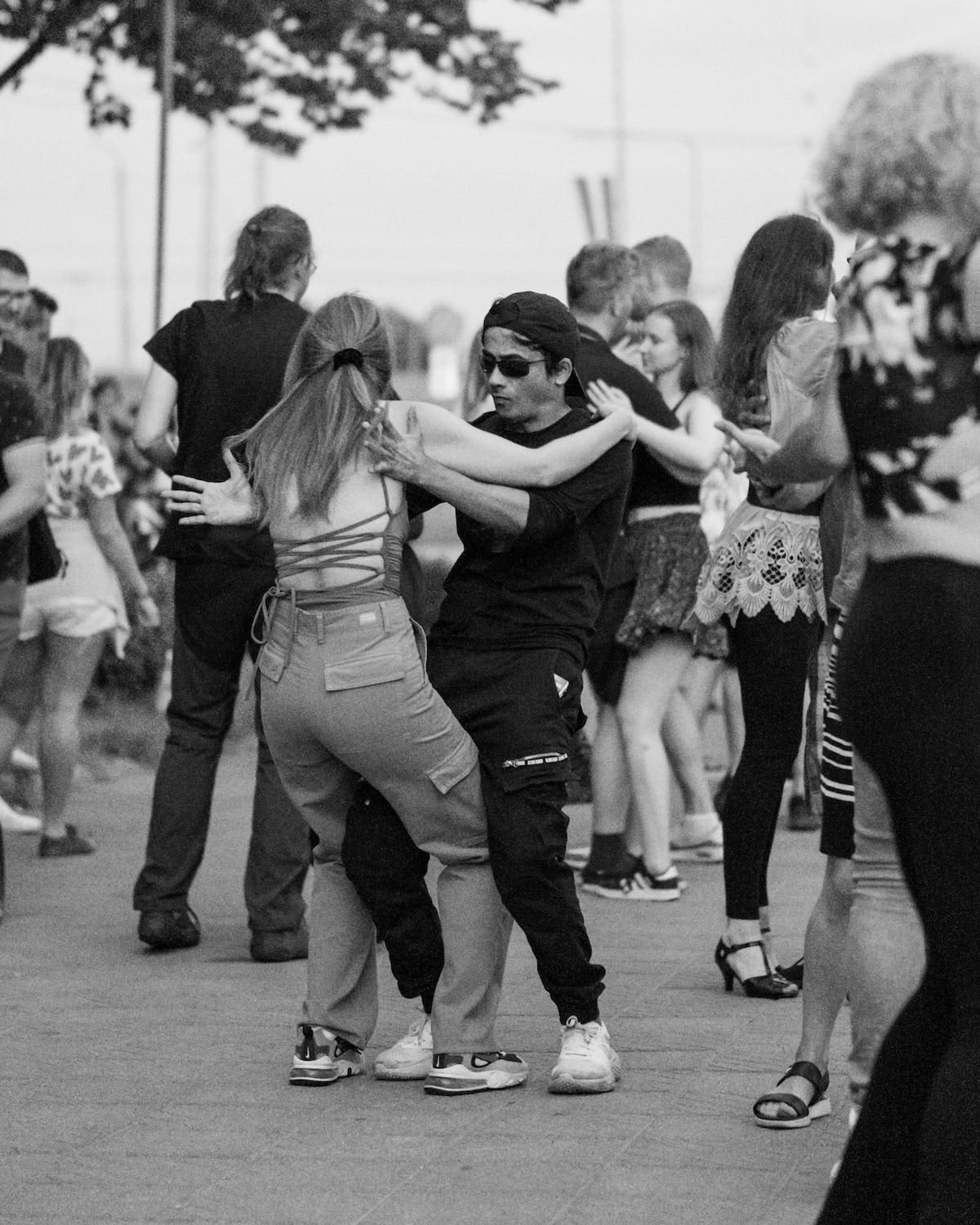
Photo by Arindam Raha from Pexels
Kizomba is an intimate, sensual partner dance that originated in Angola during the 1980s. It is performed to songs sung in Portuguese, Angola’s official language. Kizomba emphasizes partner connection, chemistry, and communication with subtle hip movements, interlocking steps, and slow rotations. Dancers maintain a close embrace, with chest, pelvis, and cheeks frequently touching.
The basic step involves a slow, rolling movement of the hips as one partner moves forward and the other moves backward. Advanced kizomba incorporates dips, slides, and liquid-like movements. Kizomba promotes trust and understanding between partners. It is now widely used at social dance events around the world, particularly in Portugal and France, where there are large Angolan communities. Kizomba promotes Angolan culture through romantic and emotional dance.
16. Morris Dance (England)
Morris Dance is a lively and traditional folk dance from England and a captivating spectacle of colorful costumes, energetic movements, and the rhythmic clashing of sticks. The dance, which originated in rural celebrations and pagan rituals features dancers dressed in bells, ribbons, and distinctive costumes, often including straw hats.
Performers embody the spirit of celebration and community by performing intricate footwork, handkerchief twirls, and stick clashes to lively music. Morris Dance, with regional variations throughout England, is a beloved tradition that represents the changing seasons, fertility, and the enduring spirit of English folk culture, captivating audiences with its distinct charm and lively rhythms.
17. Zouk (Caribbean)

Xandrieth Xs, CC BY-SA 4.0, via Wikimedia Commons
Zouk is a partner dance that originated in the Caribbean islands in the 1990s, but its roots can be traced back to the beguine, a French Caribbean folk dance. It is commonly danced to the fast-paced zouk-love music style popular in France, Brazil, and Portugal. Zouk requires a lot of hip movements and body contact between dance partners. The basic zouk step involves a side-to-side weight shift with the hips moving in a figure-8 pattern.
More advanced zouk includes turns, dips, knee folds, and body waves. Unlike salsa, zouk does not follow a set rhythm or pattern. It gives more room for interpretation while emphasizing the relationship between lead and follow. Zouk dance is intimate and sensual, using the core rather than the legs. It has spread globally, particularly in Brazil, and promotes partner communication and trust through creative, improvisational movement.
18. Fandango (Spain)
Fandango is a vibrant expression of Andalusian culture. The dance, which evolved from traditional folk music and dance combines fast footwork, intricate hand clapping, and castanet accompaniment. Dancers, often dressed in vibrant attire interact with their partners in a lively manner, expressing joy and flirtation.
The dance varies by region, with distinct styles in Andalusia, Murcia, and Castile. Fandango is a celebration as well as a dance, and it is frequently performed at festivals and social events. Beyond its entertainment value, Fandango is a cultural treasure that embodies Spain’s passionate and festive spirit while captivating audiences with lively and dynamic choreography.
19. Maori Haka (New Zealand)

https://pixabay.com/photos/maori-men-leap-jump-spear-fighter-113729/
The Māori people of New Zealand perform the haka, a traditional war cry, dance, and challenge. The practice is rooted in Māori culture and involves energetic movements and chanting. Traditionally performed by warriors before battle or to welcome special guests, the haka is now performed at major events to represent pride, strength, and unity.
The most well-known haka is “Ka Mate,” which was made famous worldwide by the New Zealand rugby team, the All Blacks. It consists of stamping feet, aggressive stares, thrusting actions, and loud chanting. Each action represents an aspect of Māori beliefs. The haka represents Māori values of courage, tenacity, and community. The symbol represents Māori identity and honors their indigenous Polynesian heritage. The haka’s intensity and power have long-lasting effects.
20. Swing Dance (United States)
Swing Dance, which originated in the vibrant jazz era of the 1920s and 1940s in the United States is a spirited and dynamic partner dance that reflects the exuberance of the swing music it accompanies. The dance, which evolved from Lindy Hop, Charleston, and other jazz dances, is known for its energetic spins, flips, and intricate footwork.
Styles like East Coast Swing, West Coast Swing, and Jitterbug emerged, each with its distinct flavor. Swing Dance, a symbol of cultural liberation and joy, became popular in ballrooms and continues to thrive in social dance scenes around the world. Its infectious energy and improvisational nature make it a popular and long-lasting dance form.
21. Merengue (Dominican Republic)

Javier10, CC BY-SA 3.0, via Wikimedia Commons
Merengue, a lively and rhythmic dance, originated in the Dominican Republic. It is performed to merengue music, which has a 2/4 beat and focuses on the downbeat. Partners keep each other in a closed ballroom position. The basic merengue step is a simple march-like movement in which the knees are slightly bent and the heels dig into the ground with each beat. More advanced merengue includes turns, spins, and dips.
Merengue has a joyful bouncing energy that varies depending on the region. Some styles include additional hip movements. Merengue dance helps to preserve Dominican culture and identity. It is popular during traditional festivals such as Carnival. Merengue is a fun, energetic form of exercise that fosters connection. Merengue’s lively rhythms and simple steps have made it popular throughout Latin America and the world.
22. Odissi (India)
This graceful and expressive classical dance form from India’s eastern state of Odisha has its origins in ancient temples. Odissi, which dates back over 2,000 years began as a devotional dance for deities. Dancers tell intricate stories using fluid movements, sculptural poses, and emotive facial expressions.
The dance form incorporates sculpture and temple architecture elements, emphasizing the dancer’s relationship with the divine and the audience. The dance was revived in the mid-twentieth century and has since become a symbol of India’s rich cultural heritage, captivating audiences with its intricate choreography, elaborate costumes, and spiritual depth.
23. Cossack Dance (Russia/Ukraine)
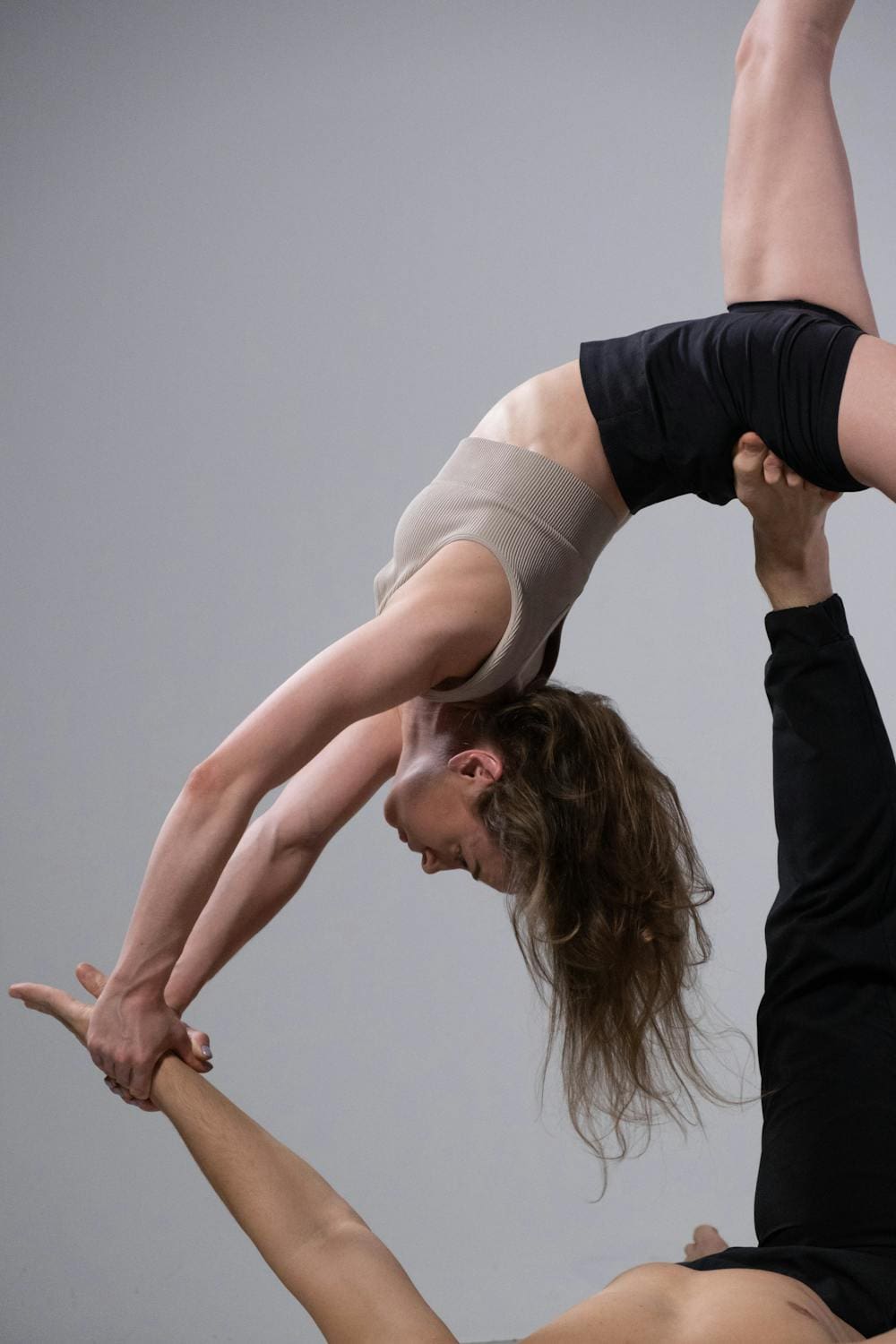
Photo by cottonbro studio from Pexels
The Cossack dance originated with the Cossacks of Russia and Ukraine. It is a male solo dance that was traditionally performed to demonstrate the strength, skill, and bravado of Cossack warriors. The dance is performed in a squat position and consists of fast stamping movements punctuated by kicks, splits, and jumps. The “prisyadka” is a very low squat with kicks that is a signature move.
The dark, heavy wool coats worn enhance the visual drama. Cossack dances were traditionally performed before military service or to commemorate victories. Today, it is performed at festivals all over the world to celebrate Cossack culture while also demonstrating athleticism and machismo through tricky, robust movements. The accents emphasize pride and vigor over step complexity. The Cossack dance represents the heritage and masculinity of these skilled horsemen and fighters.
24. Argentine Folk Dance (Argentina)
Argentine Folk Dance, which is deeply rooted in Argentina’s cultural tapestry is a diverse collection of traditional dances that reflect the country’s regions and heritage. The dance includes a variety of styles, from the energetic Malambo, a solo dance that demonstrates agility and footwork, to the rhythmic Cueca, a flirtatious couple’s dance that symbolizes courtship.
Dancers frequently wear traditional attire and the performances are accompanied by folk music played on guitars and bombo drums. These dances are rich in symbolism and storytelling, celebrating Argentina’s multicultural influences, indigenous roots, and the enduring spirit of its people, resulting in a vibrant expression of the country’s cultural identity.
25. Pole Dance (International)
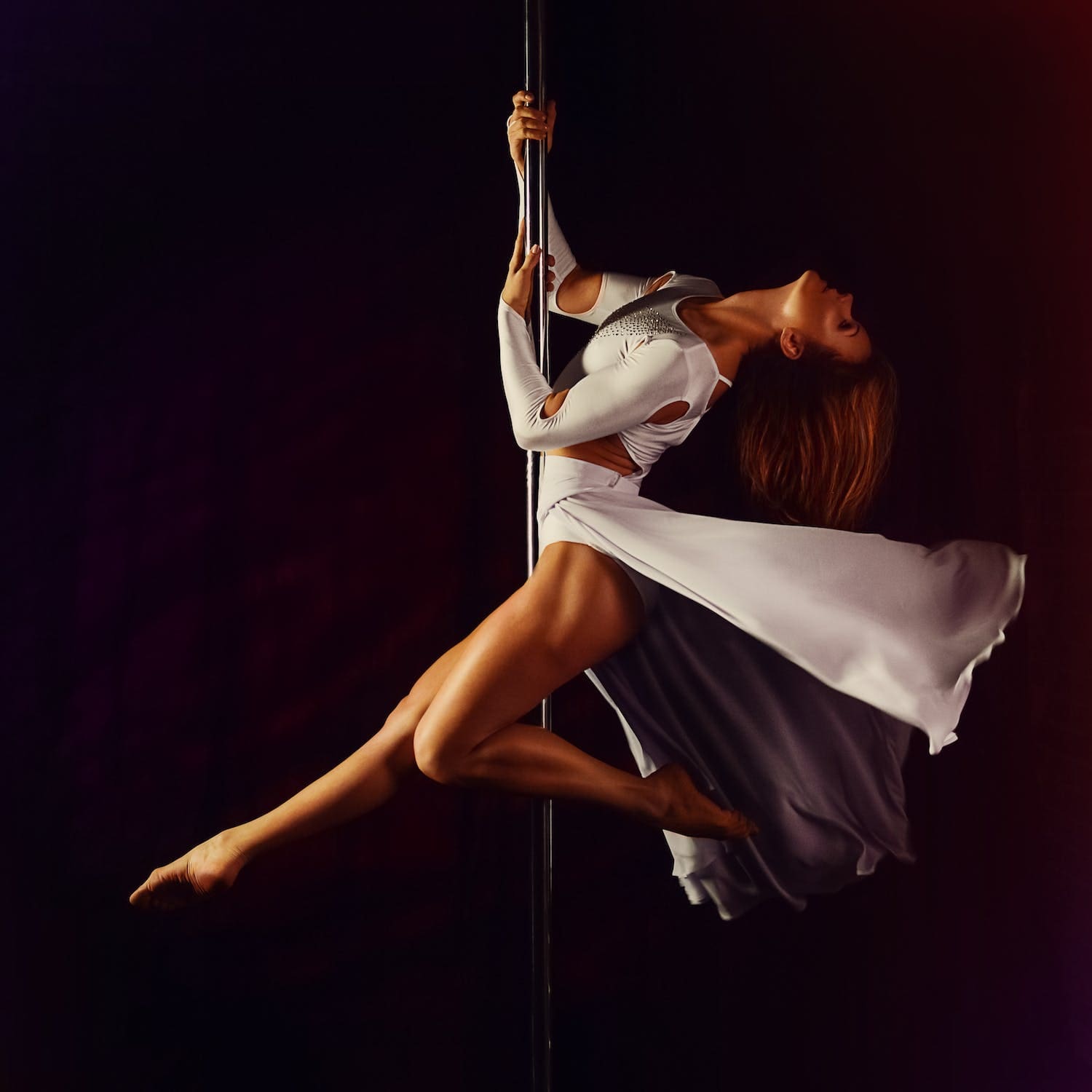
Photo by Pixabay from Pexels
Pole dancing began as a performance art and form of fitness, traditionally associated with strip clubs but becoming more popular. It combines dance and acrobatics around a vertical pole. Pole dancers perform athletic moves as they swirl around, climb up, hang from, and strike poses on the pole. Lifts, spins, and body inversions are all moves that require core and upper-body strength.
Routines combine flowing dance choreography, pole tricks, and transitions. Pole dancing is a fitness activity that promotes confidence, strength, flexibility, and artistic expression. Pole fitness studios provide dance-inspired classes without the erotic element. Pole dancing celebrates beauty, empowerment, and artistic creativity through movement.
26. Sardana (Catalonia, Spain)
This traditional dance from Catalonia, Spain, represents unity, community, and cultural pride. The circular dance, which dates back to the late nineteenth century, consists of participants holding hands and forming concentric circles. Dancers move to melodic tunes played by a cobla ensemble, combining elegant footwork and synchronized movements.
Sardana crosses age and social boundaries, bringing people together in a harmonious expression of collective identity. The dance, which is often performed at festivals and gatherings, promotes solidarity and Catalan identity. Beyond its cultural significance, Sardana exemplifies the enduring spirit of a community brought together through the art of dance.
27. Line Dance (United States)
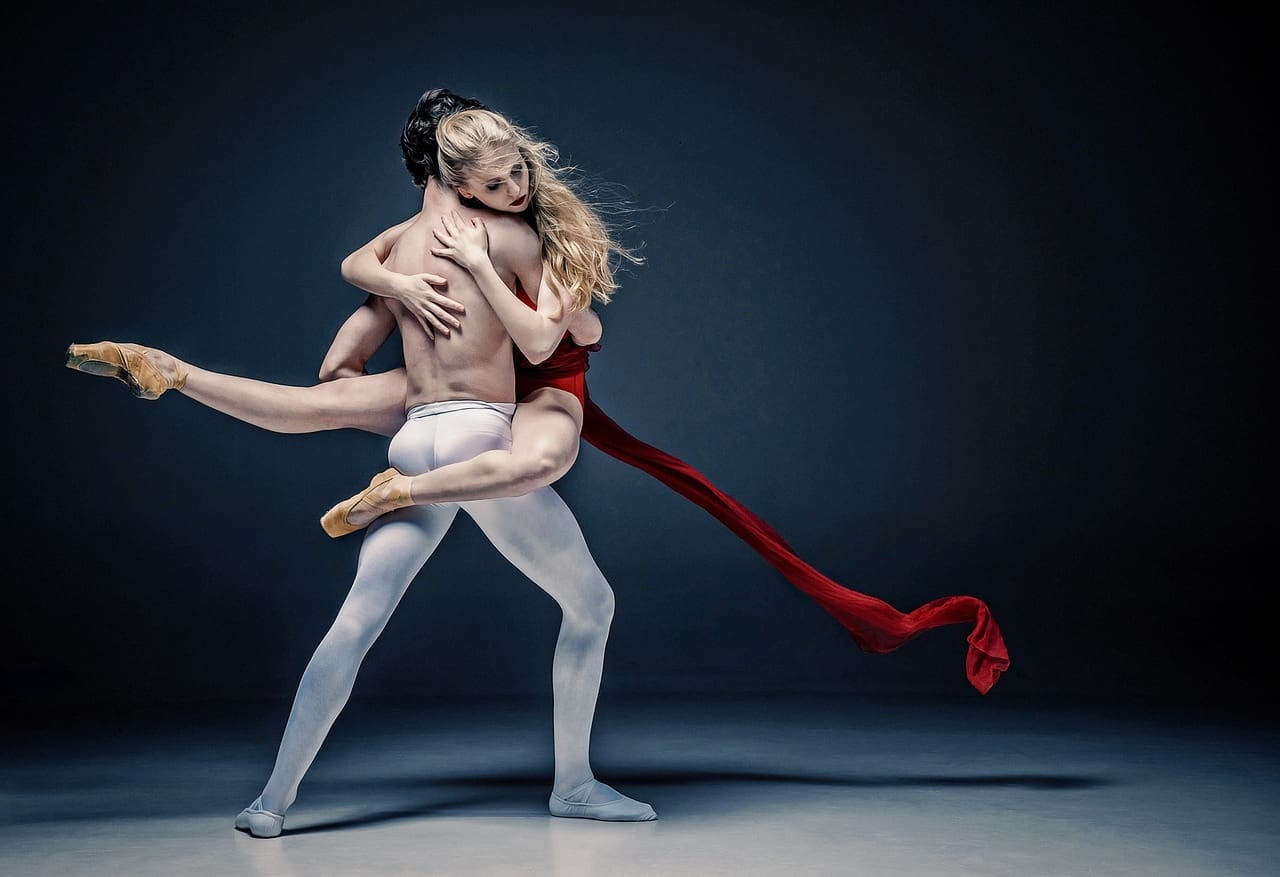
https://pixabay.com/photos/dance-dancers-partners-couple-pair-1940245/
Line dancing began in the 1970s in the United States as a type of country/western dance performed in groups without partners. Dancers form rows and perform a series of steps while facing the same direction. Popular line dances are performed to country music or pop songs with a country influence. Steps include heel-toe combinations, pivots, grapevines, scuffs, kicks, and basic turns or twirls.
Dances such as the Electric Slide and Boot Scootin’ Boogie gained popularity over time. Line dancing fosters a sense of community because non-professional dancers can easily join together. In a social dance setting, repeated steps promote exercise, memory skills, and stress relief. From cowboys to housewives, line dancing remains a fun and accessible way to dance in time with others.
28. Moroccan Gnawa Dance (Morocco)
Moroccan Gnawa Dance, rooted in Morocco’s rich spiritual traditions is a magical fusion of music, dance, and ritual. The Gnawa community, which descended from African slaves, created the dance, which is accompanied by trance-like music played on traditional instruments such as the guembri and castanets.
Dancers perform rhythmic movements, swaying to the hypnotic beats, reflecting the fusion of Islamic mysticism, African spirituality, and Berber folklore. The dance promotes healing by connecting participants with spiritual energies. Beyond its cultural significance, Moroccan Gnawa Dance enchants audiences with its immersive, otherworldly atmosphere and mystical fusion of movement and sound.
29. Garba (India)
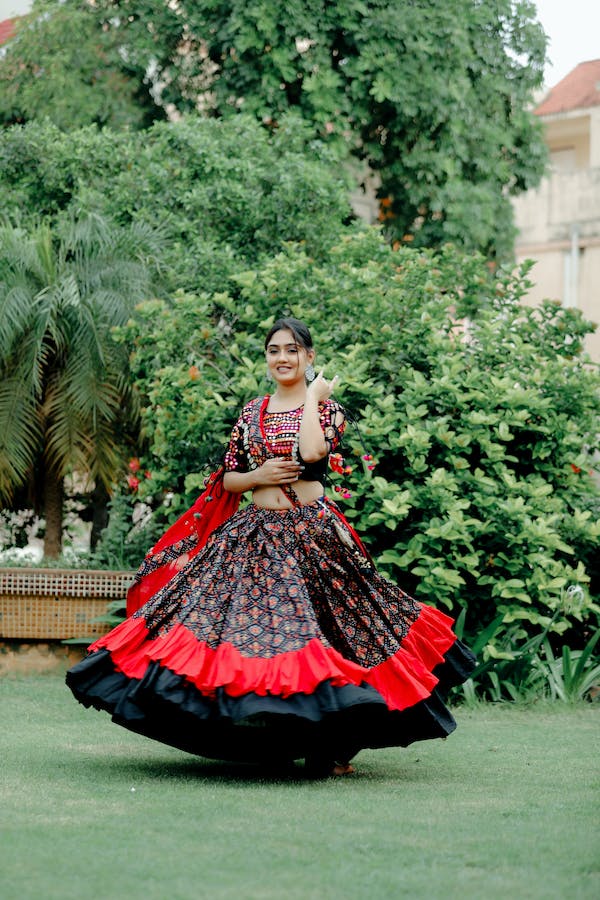
Photo by Dax Photoshoper from Pexels
Garba is a traditional folk dance from Gujarat, India, performed during the Navratri festival. It is thought to have originated with the worship of the Hindu deity Durga. Garba is performed in a circle centered on a lit lamp or an image of the Goddess Shakti. The dance consists of repeated rhythmic patterns of claps and steps, with the tempo gradually increasing.
Women wear colorfully embroidered Chania Cholis, swirling their Lehengas (long skirts) as they whirl and move around the room. The circular formation symbolizes the cycle of creation, life, and death. The rhythmic patterns and repetitions create a trance-like, meditative state. Both men and women take part, linking arms or placing their hands on each other’s shoulders to create circles. Garba is performed late into the night during Navratri. This lively dance celebrates femininity, divinity, and oneness in a festive community spirit.
30. Korean Fan Dance (Korea)
The Korean Fan Dance, also known as “Buchaechum,” is a captivating traditional dance that originated in Korea. Performers, usually female dancers dressed in hanbok (traditional Korean attire), use brightly colored fans to perform intricate and synchronized movements. The dance expresses the harmony between nature and humanity through movements that represent elements such as flowers, butterflies, and waves.
Buchaechum is frequently performed at celebratory events, ceremonies, and festivals. The combination of graceful gestures, vibrant costumes, and rhythmic fan fluttering creates a captivating spectacle that captures the grace, beauty, and cultural richness of Korea’s traditional performing arts.
31. Zumba (International)

Photo by Andrea Piacquadio from Pexels
Zumba is a dance fitness program that uses international music and dance moves to provide a fun workout. Zumba, founded in the 1990s by Colombian dancer Alberto “Beto” Perez, combines low and high-intensity moves for an interval-style, calorie-burning dance workout. Zumba classes include upbeat music with fast and slow rhythms from styles such as salsa, merengue, cumbia, reggaeton, flamenco, and belly dance.
Participants dance in simple steps such as hip swivels, shimmies, taps, and jumps. The music and rhythms propel the fast-paced aerobic workout. Zumba encourages a lively, communal atmosphere to stay motivated. It combines cardio, muscle conditioning, balance, and flexibility training with global dance. Zumba is an upbeat, full-body dance workout that feels more like a party than exercise.
32. Scottish Highland Dance (Scotland)
Scottish Highland Dance is a traditional dance form that originated in Scotland’s Highlands. Dancers perform intricate steps, kicks, and jumps to the stirring sounds of bagpipes, while dressed in kilts and other traditional attire. The dance, known for its precision, agility, and distinctive arm movements, has ancient roots that connect clan gatherings and military ceremonies.
Highland Fling and Sword Dance are two iconic dances. Highland Dance is still an important part of Scottish culture today, with performances at Highland games, competitions, and celebrations all over the world, demonstrating the enduring spirit and rich history of Scotland’s dance traditions.
33. Butoh (Japan)
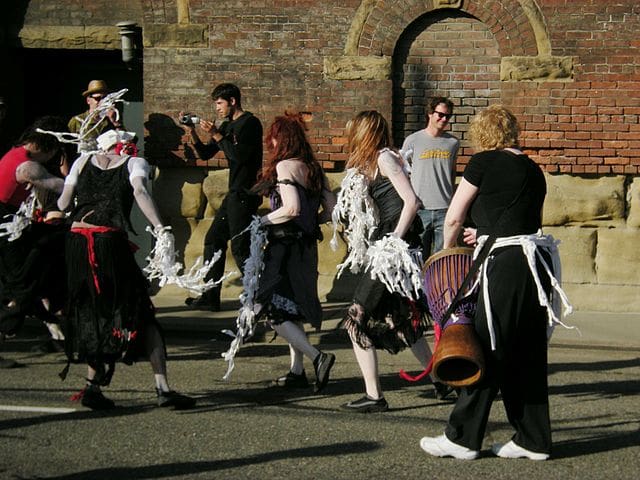
Jmabel, CC BY-SA 3.0, via Wikimedia Commons
Butoh is an avant-garde dance style that emerged in Japan in the late 1950s in response to traditional dance forms. It is usually performed in white body makeup with slow, dreamlike movements. Butoh dances frequently feature grotesque imagery and taboo topics. Dancers frequently move in an awkward, off-balance manner, with flexed feet and constricted muscles. Motion is highly controlled and precise. The facial expressions are cold and neutral.
Traditional butoh avoids symmetry and perfect form. In contrast to conventional dance aesthetics, performances can be bizarre, dark, and extreme. It uses the body to express profound introspection and social commentary and draws on influences such as German Expressionist dance. Butoh is still a powerful, transgressive form of Japanese artistic performance. The hypnotic, meticulous movements are intended to engage the audience’s subconscious.
34. Sufi Whirling (Turkey)
Sufi Whirling, or Sama, is a captivating spiritual practice that originated in Turkey’s Sufi tradition. Practitioners of the Mevlevi Order, founded by Rumi engage in a meditative dance that involves spinning in repetitive circles to achieve a trance-like state. The whirling symbolizes the soul’s journey to divine union, which mirrors the celestial orbits.
Dancers dress in symbolic attire, such as white robes and tall hats. The spinning motion is both an act of devotion and a form of meditation that goes beyond the physical realm. Sufi Whirling is a profound spiritual expression that symbolizes the quest for divine connection and inner transformation.
35. Cuban Rumba (Cuba)
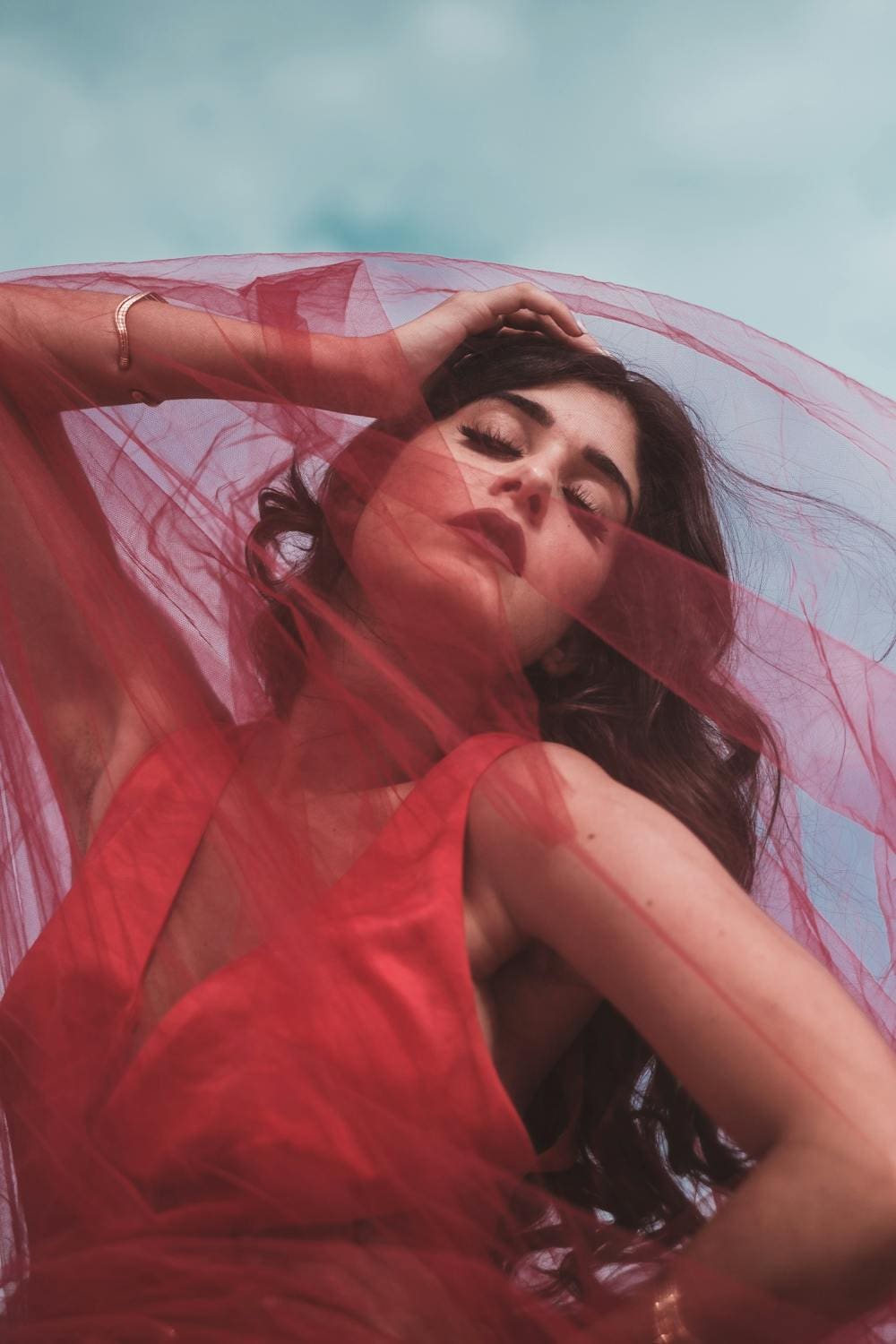
Photo by Airam Dato-on from Pexels
Cuban Rumba is a dynamic Afro-Cuban dance and music genre that is deeply rooted in African traditions. Cuba’s marginalized communities gave rise to three distinct styles: Yambú, Guaguancó, and Columbia. Rumba dancers use percussion instruments such as congas and claves to perform energetic footwork, hip movements, and rhythmic handclaps.
The dance frequently includes playful interactions between male and female performers, which adds a flirtatious and theatrical quality. Beyond its entertainment value, the dance is a cultural symbol that preserves the Cuban people’s African roots and resilience, all while captivating audiences with its infectious rhythm and expressive movements.
36. Clogging (United States)
Clogging is a folk dance that originated in the Appalachian Mountains of the United States. The dancer uses rhythmic stomping to strike the heel, ball of the foot, and sometimes the toe in rapid, intricate patterns. Cloggers wear heavy shoes with double taps attached to the toe and heel to accentuate the percussive footwork. Clogging can be done individually or in groups.
Performances frequently include traditional mountain music and square dance formations. Clogging choreography features high-energy steps such as hops, kicks, jumps, and clicks. Clogging competitions emphasize footwork precision and skill. Clogging is a fun cardiovascular exercise that improves coordination and rhythm. Clogging’s upbeat footwork and musicality honor America’s folk dance tradition.
37. Malaysian Joget Dance (Malaysia

Whatnisa, CC BY-SA 4.0, via Wikimedia Commons
This lively traditional dance from Malaysia is a joyful cultural expression that is frequently performed during celebrations and festivals. Dancers dressed in colorful traditional attire interact with each other, demonstrating fluid footwork, spins, and hand gestures. The dance is distinguished by its upbeat and celebratory atmosphere which encourages audience participation. Joget has evolved, incorporating various influences, but it is still a beloved cultural tradition in Malaysia, reflecting the country’s rich multicultural heritage and vibrant spirit of community and celebration.
38. Breakdance (United States)
Breakdancing, also known as b-boying or b-girling, is an athletic street dance style that began in the Bronx in the 1970s. It was founded by African-American and Puerto Rican youth as a means of expressing urban youth culture and identity.
Breakdancing has four fundamental moves: toprock (standing dance moves), downrock (footwork performed close to the floor), freezes (stylish poses held statically), and power moves (athletic floor moves such as spins).
Dancers improvise these moves in ciphers or battles. Breakdancing uses the entire body to create sharp, angular, popping movements. Music is usually hip-hop with funky, syncopated beats. Breakdancing promotes individuality, creativity, and skill through free, raw artistic expression.
39. Salsa Rueda (Cuba)
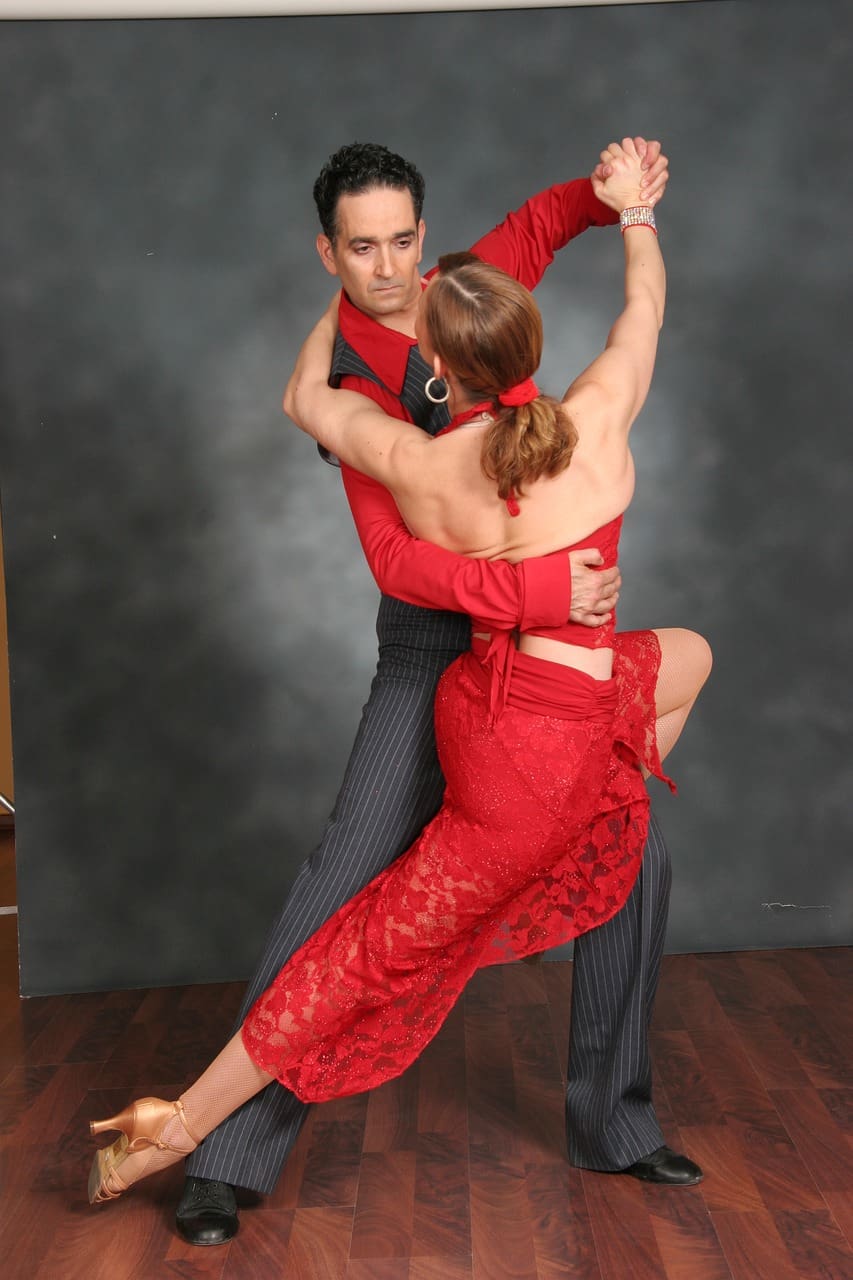
https://pixabay.com/photos/latin-dance-tango-ballroom-929819/
This captivating dance style from Cuba is a social dance that developed from traditional salsa. Dancers form a circle, or “rueda,” and a leader calls out moves for everyone to perform at the same time. The dance features dynamic partner exchanges, intricate footwork, and synchronized turns.
Salsa Rueda is distinguished by its upbeat and interactive style, which fosters a sense of community and camaraderie among participants. As the dance spread beyond Cuba, it evolved into a dynamic and engaging form of social salsa dancing that embodied Cuban dance traditions’ energetic spirit and rhythmic flair.
40. Polka (Poland)
The polka is a lively couple’s dance that originated in Bohemia during the nineteenth century and is still performed today. It is performed to music in 2/4 time signature, usually played on accordions or concertinas. The polka includes quick hops, kicks, and turns as partners whirl around the dance floor. The heel-toe polka step and hopping in place with the free leg kicked up and out are two basic steps.
Other moves include spins, underarm turns, and bows or curtsies. Women keep their skirts out during spins. The polka was very popular in Europe and the United States in the nineteenth century. Versions spread across nations, such as the Finnish polka. The polka’s fast tempo, upbeat mood, and lively movements made it popular at folk dance festivals and ballrooms. Though not as popular today, the polka preserves traditional European folk dance heritage.
41. Gumboot Dance (South Africa)

Maansi Agrawal, CC BY-SA 4.0, via Wikimedia Commons
Gumboot Dance, a rhythmic and percussive form of expression, originated in South Africa’s gold mines during the apartheid regime. Miners, forced to work in harsh conditions, used gumboots as a form of communication and expression. The dance consists of stamping, slapping the boots, and creating intricate rhythms with the body.
Gumboot Dance has evolved into a symbolic language of resistance and resilience. Today, it is performed in a variety of settings, including cultural celebrations and artistic performances, embodying the spirit of unity, protest, and cultural identity while also serving as a powerful reminder of South Africa’s complex history.
42. Quebradita (Mexico)
This is a flirtatious couple dance that is commonly performed at festivals and celebrations. The quebradita consists of rhythmic, staccato movements set to a brass-heavy banda music style popular in Sinaloa. Partners face one another while dancing in a line or circle. They make flirtatious eye contact and vigorous arm gestures, interspersed with quick, pulsing steps.
Short hip shakes known as meneos and foot taps keep time with the fast-paced music. The name “quebradita” is derived from the Spanish word “quebrar,” which means to break, and refers to the punctuated, syncopated style. The dance exudes joy and fun with its quick footwork, sharp movements, and playful energy between partners. It remains popular at Mexican weddings and parties.
43. Zydeco Dance (Louisiana, USA)
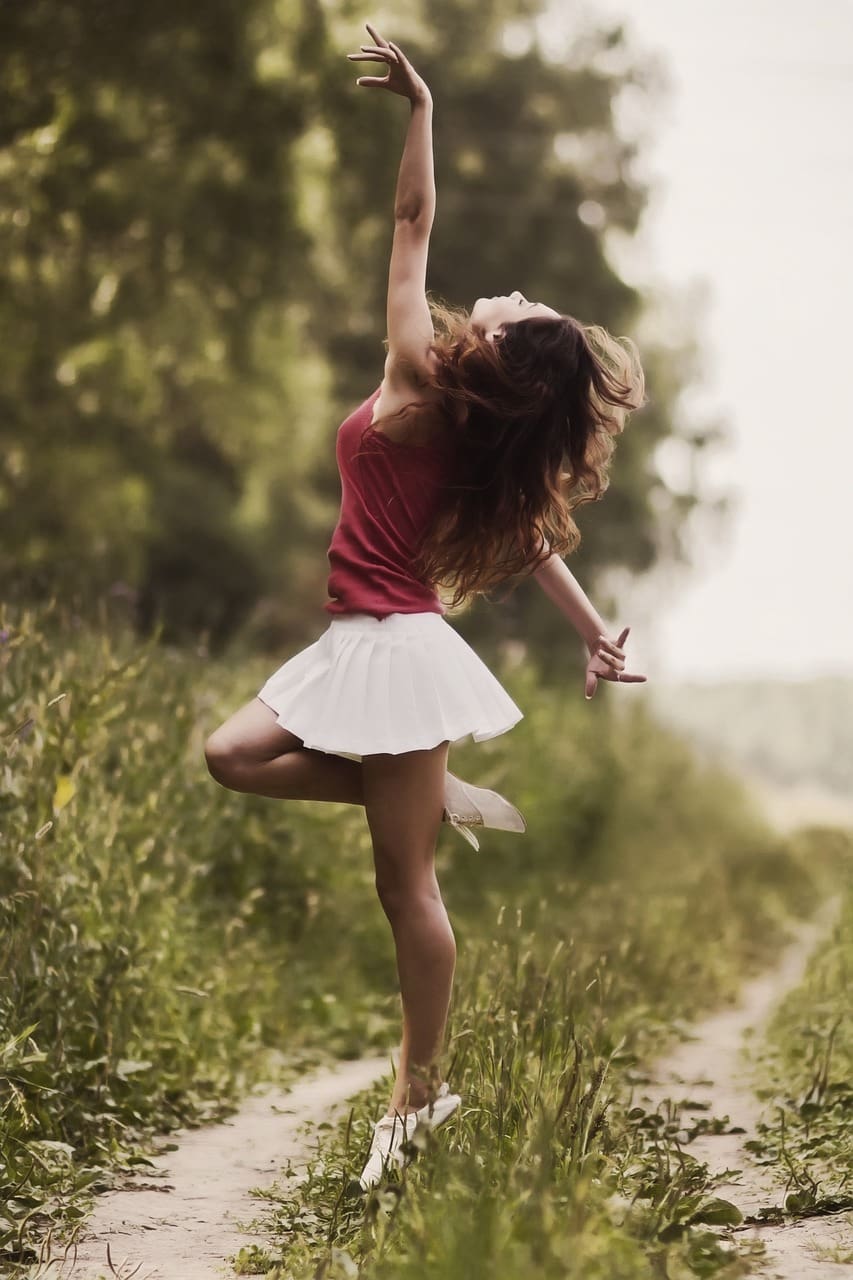
https://pixabay.com/photos/girl-model-skirt-dance-happy-1258727/
Zydeco Dance, which originated in the Creole communities of Louisiana, USA, is a lively and energetic partner dance associated with Zydeco music. This genre combines Cajun, African, and Caribbean influences. Dancers, often dressed in bright colors, perform rhythmic footwork, spins, and close partner interactions to the infectious beats of the accordion and washboard.
Zydeco Dance, like its musical counterpart, emphasizes improvisation and syncopated movements resulting in a celebratory and communal environment. The dance, which emerged from the region’s cultural melting pot has become a beloved tradition that reflects the vibrant spirit and multicultural heritage of Louisiana’s Creole communities.
44. Bollywood Dance (India)
Bollywood dance originated from dance numbers featured in Indian Bollywood films. It combines various dance styles, including classical Indian dance forms, folk dances, and Western styles. Bollywood dances are distinguished by energetic hip swaying, exaggerated facial expressions, mime-like acting, and rhythmic coordination.
Dances frequently feature large groups performing synchronized steps. Songs generally alternate between fast and slow rhythms. Bollywood dance has evolved into a cultural phenomenon that is popular both in India and around the world. Its dance numbers are grandiose, visually dynamic performances that have become symbols of Indian culture.
45. Poi Dancing (Maori, New Zealand)
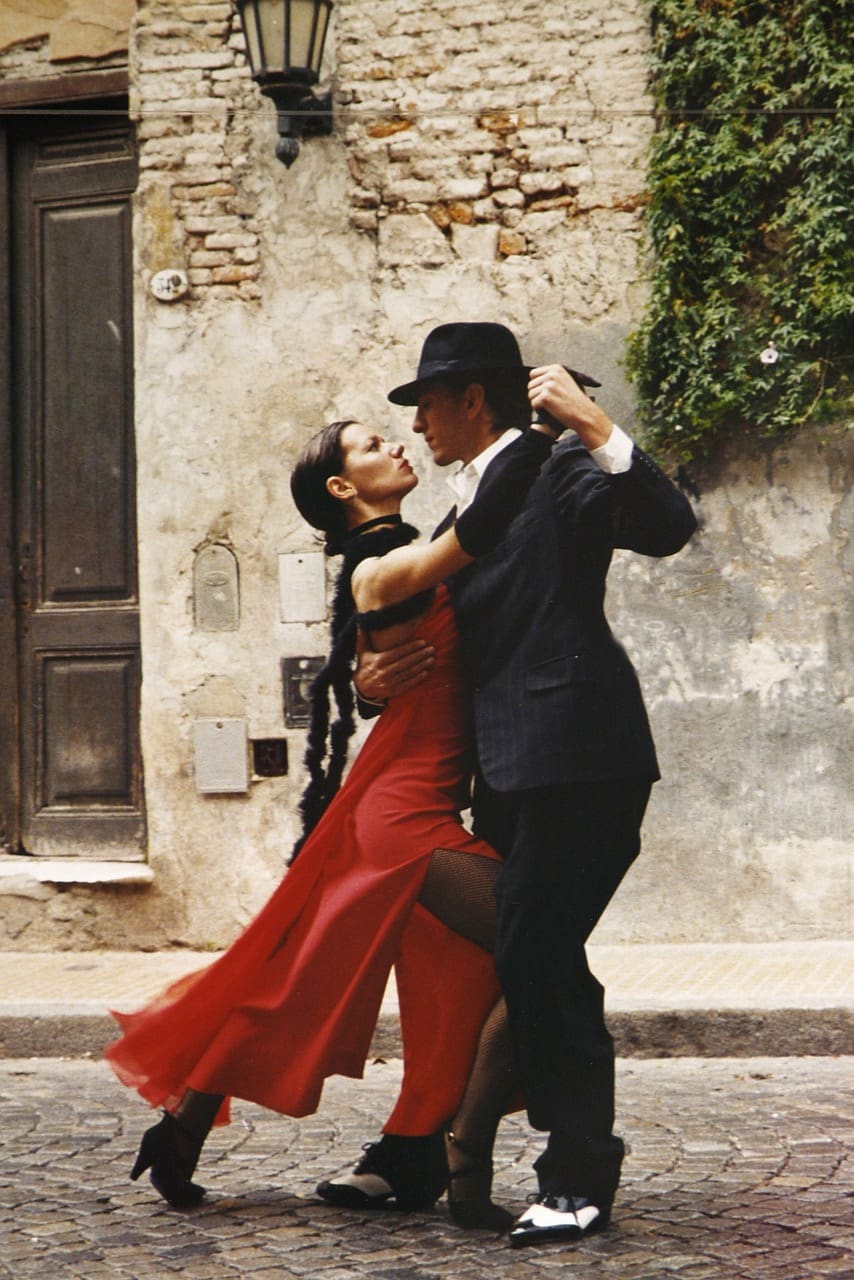
https://pixabay.com/photos/tango-dancing-partners-dancers-190026/
Poi Dancing entails the rhythmic swinging of weighted objects (poi) attached to cords, resulting in fluid and intricate movements. Poi Dancing, originally used by Maori women to improve hand-eye coordination and tell stories through movement, has evolved into a contemporary art form.
Dancers frequently perform traditional or modern music, using acrobatic and visually appealing techniques. Poi Dancing is not only a celebration of Maori heritage but also a dynamic and mesmerizing expression that has grown in popularity worldwide, captivating audiences with its grace and skill.
46. Cuban Son (Cuba)
Cuban son is an energetic and rhythmic dance that originated in eastern Cuba in the late 1800s. It combines Spanish and African musical traditions. Couples perform the son, which involves nimble footwork, synchronized kicks, and hip movements while frequently swapping partners.
The basic steps form a square pattern on the dance floor. The son includes call-and-response singing by a lead singer and chorus. Guitars, percussion, and the tres guitar provide the driving rhythms. The salsa was created by the son and quickly became popular around the world due to its infectious joy and rhythmic sensuality. It is still an iconic genre of Cuban culture and heritage.
47. Dabke (Middle East)

Sarah Canbel, CC BY-SA 4.0, via Wikimedia Commons
Dabke is a traditional folk dance popular throughout the Middle East, particularly in Lebanon, Palestine, Syria, and Jordan. It is performed at festive occasions such as weddings and graduations. Dancers link arms in a line or circle, taking turns leading the group through dance steps. Dabke incorporates stomping, jumping, and kicking up the heels in time to the live music.
The “zaffeh” is a signature move in which the lead dancer raises their arm and waves a scarf or handkerchief as the others follow. The leader then sways through the line with gentle, graceful movements. Upbeat songs encourage creativity in the steps. The coordinated, synchronized motions symbolize community spirit. Dabke is well-known for its vibrant energy and cultural significance in uniting Arab people.
48. Cumbia (Colombia)
Cumbia, which originated in Colombia’s Caribbean coast region is a lively and infectious dance and music genre with roots in indigenous, African, and Spanish traditions. The dance has a distinct rhythmic pattern and includes swaying hip movements. Cumbia’s melodic tunes are enhanced by traditional instruments such as drums, accordion, and maracas.
Cumbia, which originated as a courtship dance among indigenous communities, has since evolved into a popular urban genre. Over time, it has crossed borders, influencing Latin American music and beyond. Cumbia, with its dynamic beats and cultural significance, is still a valued part of Colombian identity, celebrated in festivals, social gatherings, and contemporary music.
49. Afrobeat (Nigeria/Ghana)
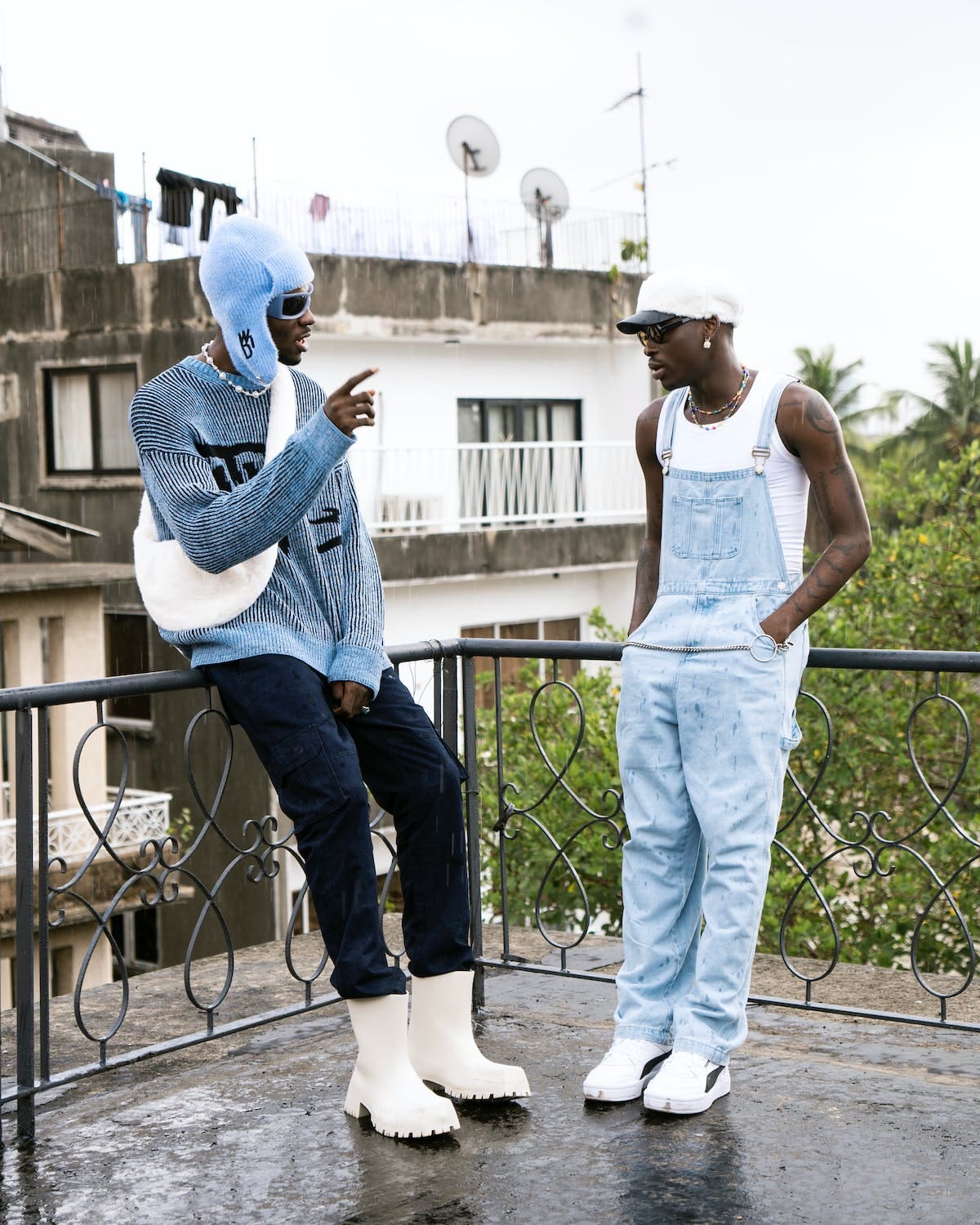
Photo by Abdullahi Abdulquadri from Pexels
Afrobeat is a dance-oriented musical genre that emerged in Ghana and Nigeria in the 1960s, pioneered by Fela Kuti. The dance moves are free-flowing and improvisational, with influences from traditional West African and Caribbean dances. Afrobeat dancing focuses on rhythmic hip movements, shoulder and neck rolls, African-inspired footwork, and loose, fluid limbs.
Dancers react instinctively to the polyrhythms and percussive drive of the music. Dancers’ isolation and release are frequently featured in performances, with rigid moves juxtaposed against relaxed ones. The interaction with other dancers creates a communal, trance-like atmosphere. The dance represents a freedom of movement and expression rooted in African traditions. Afrobeat dancing evolves while preserving West African cultural heritage through energetic, funky movements.
50. Reggae Dancehall (Jamaica)
Reggae dancehall is a dance style that originated in Jamaica in the late 1970s and developed from traditional mento and ska dances. It is performed in reggae music, focusing on bass and riddims. Dancehall moves are energetic and raw, with influences from African and Caribbean cultures. Basic movements include bending knees, rolling hips, and swaying shoulders while keeping arms and wrists straight.
More advanced dancers use athletic jumps, kicks, splits, and ground moves in their performances. Jamaican patois lyrics, swagger, and relaxed shoulders contribute to dancehall’s cool vibe. Dancehall steps usually emphasize the downbeat of the music. This vibrant club dance continues to evolve while celebrating Jamaican identity through free-flowing movements.
These 50 famous dances represent the diversity, athleticism, artistry, and cultural heritage that are ingrained in dance traditions around the world. From the intricate hand movements of Indian Kathak to the pulsing rhythms of Afrobeat, each mesmerizing dance form tells a story about identity, roots, and community. Dance creates a rich tapestry of human experiences. Its movements communicate in a universal language that transcends borders. Traditional dances will continue to captivate audiences and connect us to our shared humanity as long as rhythms inspire the body and spirit.
Planning a trip to Paris ? Get ready !
These are Amazon’s best-selling travel products that you may need for coming to Paris.
Bookstore
- The best travel book : Rick Steves – Paris 2023 – Learn more here
- Fodor’s Paris 2024 – Learn more here
Travel Gear
- Venture Pal Lightweight Backpack – Learn more here
- Samsonite Winfield 2 28″ Luggage – Learn more here
- Swig Savvy’s Stainless Steel Insulated Water Bottle – Learn more here
Check Amazon’s best-seller list for the most popular travel accessories. We sometimes read this list just to find out what new travel products people are buying.










